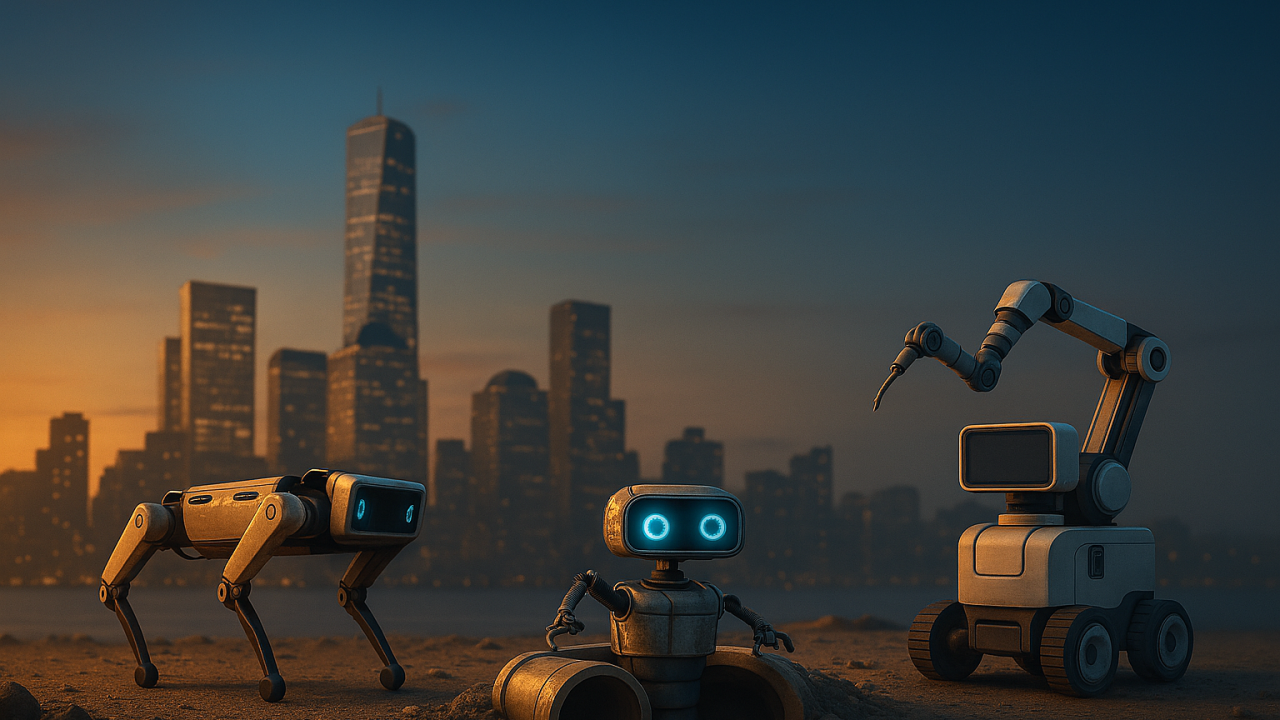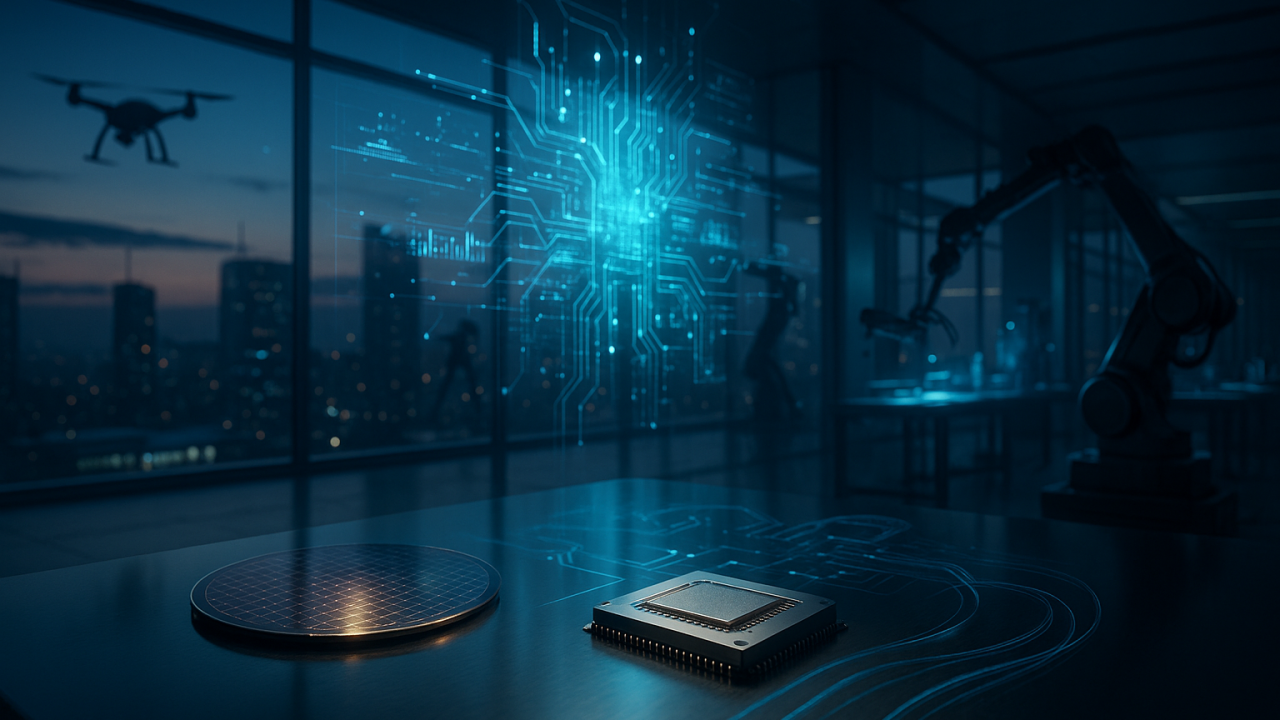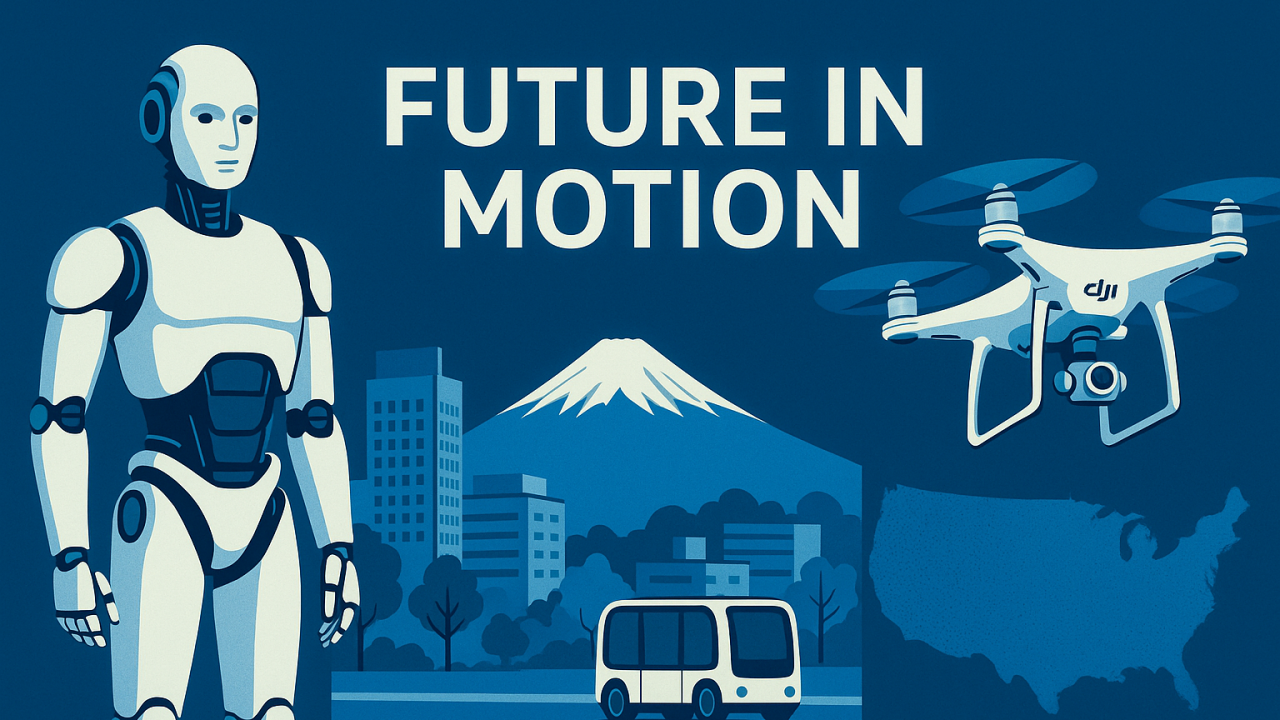Flying Food, Warehouse Workhorses, and Humanoids on the Job: This Week’s Robotics Revolution
TL;DR This week in robotics: AEON, a full-stack AI humanoid trained in simulation, is stepping into the real world; DoorDash's drones are now...

This week, robotics stepped further into the real world: Stanford students are building AI-powered robot dogs, tiny Pipebots are detecting water leaks underground, and a surgical robot performed a complex procedure without human help.
Stanford’s CS 123 course offers students the chance to build and program their own quadruped robots, affectionately dubbed “Puppers.” The curriculum starts with core engineering principles and ramps up to AI integration, allowing students to train their robots in voice control, obstacle navigation, and task execution. Many of the final projects take on creative real-world challenges—from simulated firefighting to tour guiding. The course culminates in a public demo called the “Dog and Pony Show,” where students present their robots to industry professionals.
Major Takeaway: Stanford’s hands-on approach to teaching robotics is lowering the barrier to entry while giving students practical skills that bridge software, hardware, and AI—all in one course. Read More
Researchers at the University of Sheffield have developed tiny robots called Pipebots that can navigate inside water pipes to detect leaks. These bots use onboard sensors and cameras to identify cracks from within, helping utilities avoid costly and disruptive digging. They’re being tested as part of a larger effort to modernize the UK’s aging water infrastructure, which still includes Victorian-era piping. Some Pipebot variants are also being adapted to work autonomously in live sewage systems under real-world conditions.
Major Takeaway: Pipebots could revolutionize urban infrastructure maintenance by detecting leaks early, reducing water waste, and eliminating the need for road-digging repairs. Read More
A Johns Hopkins research team has developed a surgical robot that autonomously performed a key portion of a gallbladder removal using video-based training and voice commands. Named SRT-H, the system learned by watching thousands of real surgeries and responding to spoken prompts like a human medical resident. During the operation, the robot adapted to errors, such as dropped tools, without human correction. It marks the first time a robot has executed such a realistic surgical task without direct intervention.
Major Takeaway: This breakthrough shows that robots trained with AI and imitation learning are becoming capable of performing complex medical procedures, potentially transforming surgical care. Read More
Founded in 2018, Lucid Bots is an AI robotics company that is committed to uplifting humanity by building the world's most productive and responsible robots that can do dangerous and demanding tasks. Headquartered in Charlotte, the company engineers, manufactures, and supports its products domestically, which include the Sherpa, a cleaning drone, and the Lavo Bot, a pressure-washing robot. Lucid Bots' products are elevating safety and efficiency for a growing number of customers around the world. Lucid is a Y Combinator-backed company, with investments from Cubit Capital, Idea Fund Partners, Danu Ventures, and others. Lucid Bots was recently recognized as the fastest growing robotics manufacturer in the United States.

TL;DR This week in robotics: AEON, a full-stack AI humanoid trained in simulation, is stepping into the real world; DoorDash's drones are now...

TL;DR Robots are moving from R&D labs to the real world. Dongfeng is using humanoids on its car assembly line. Nvidia is all-in on humanoids and AVs...

TL;DR Chaebol-backed Korea is racing to perfect humanoids, Toyota is turning Mt. Fuji into a living smart-city lab, and new U.S. rules are clearing...